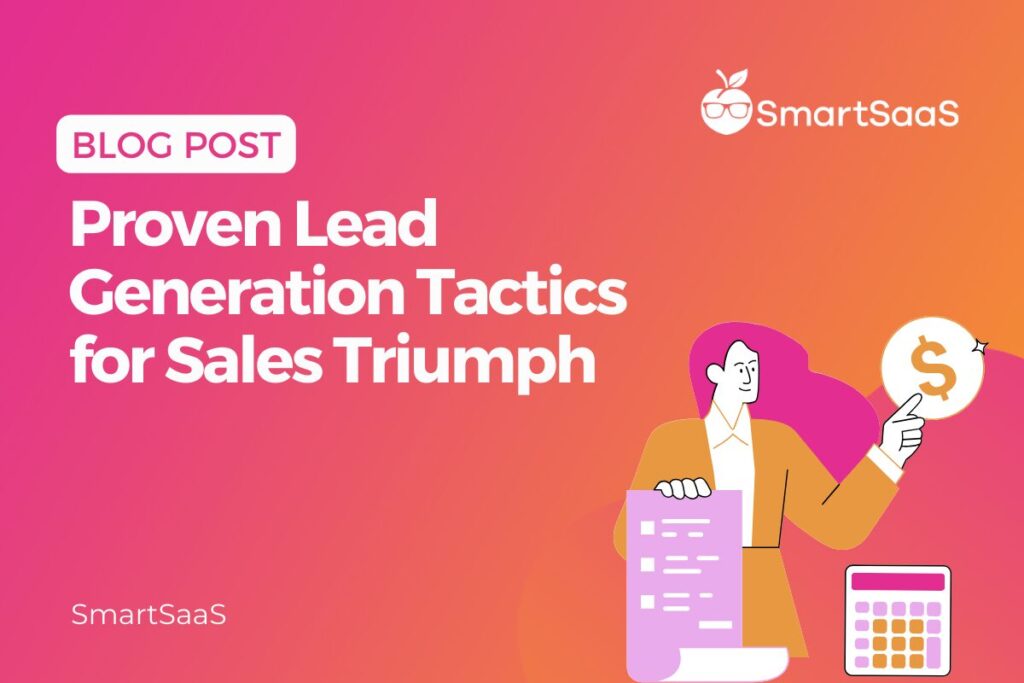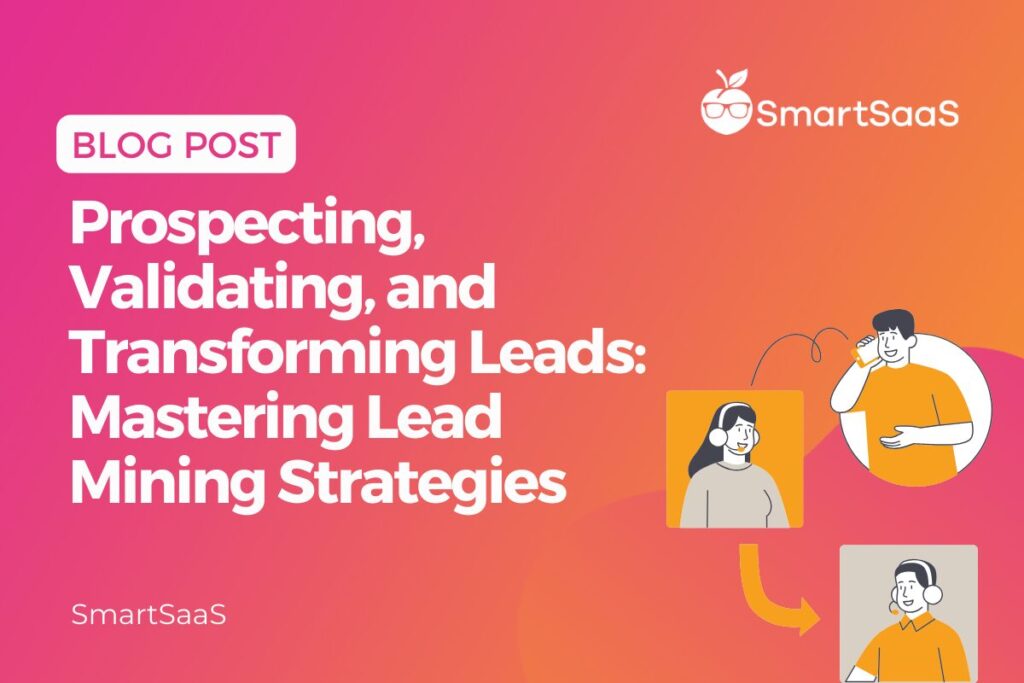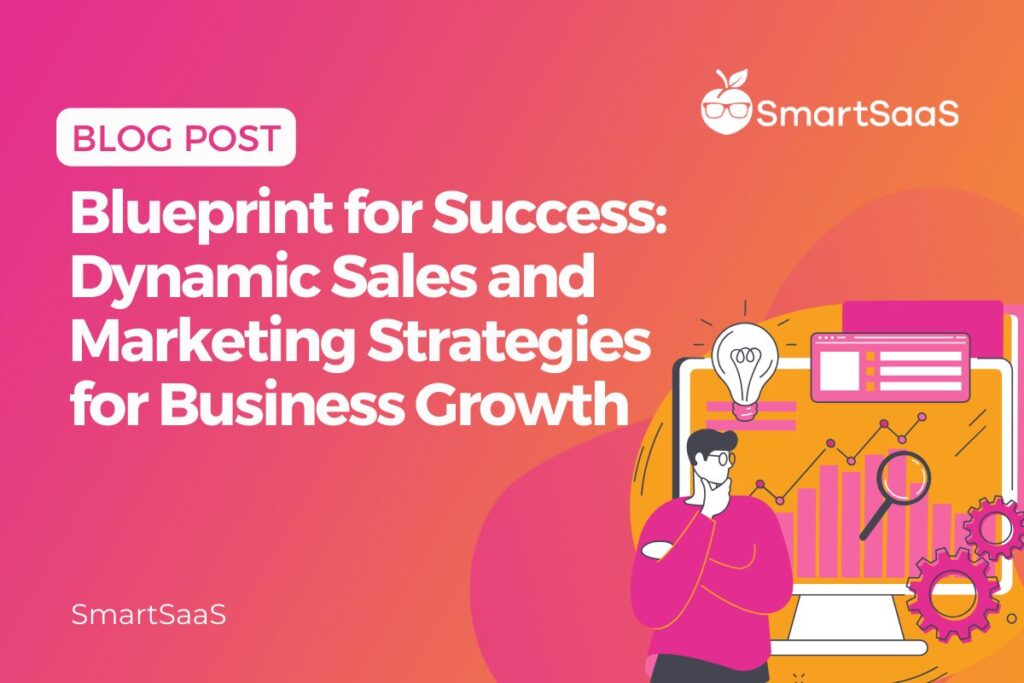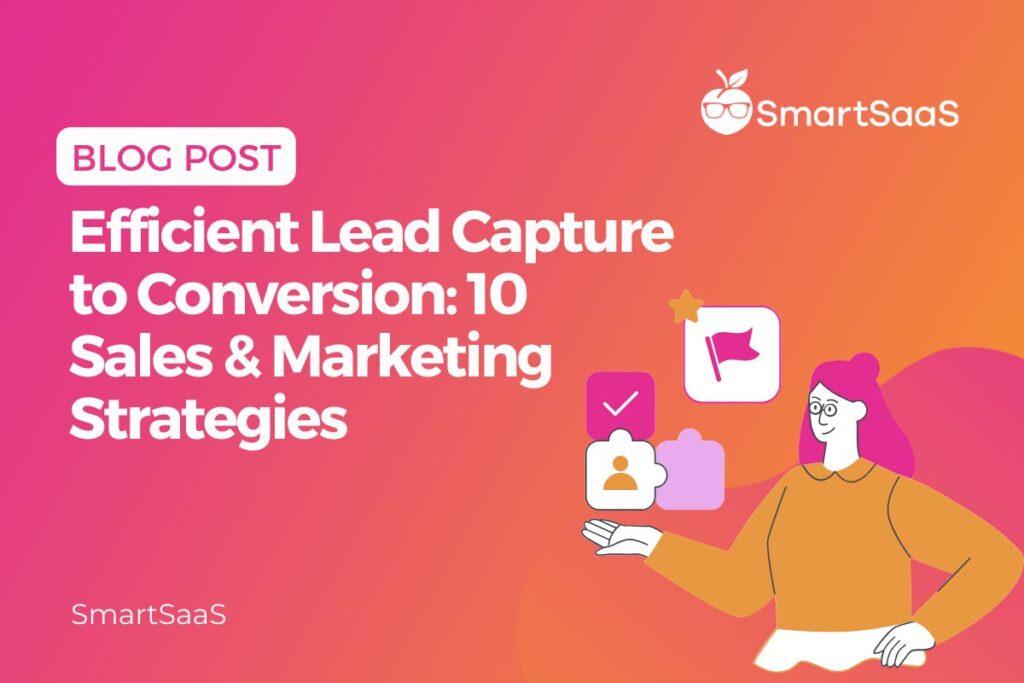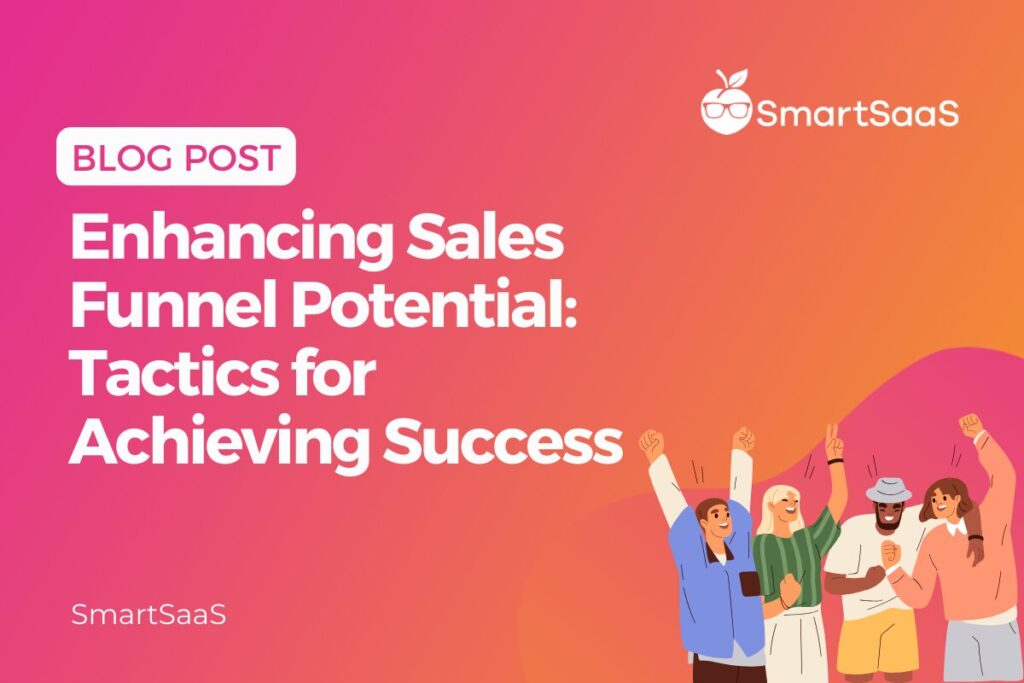Demand Generation vs. Lead Generation: Understanding the Key Differences and Their Impact on Your Business
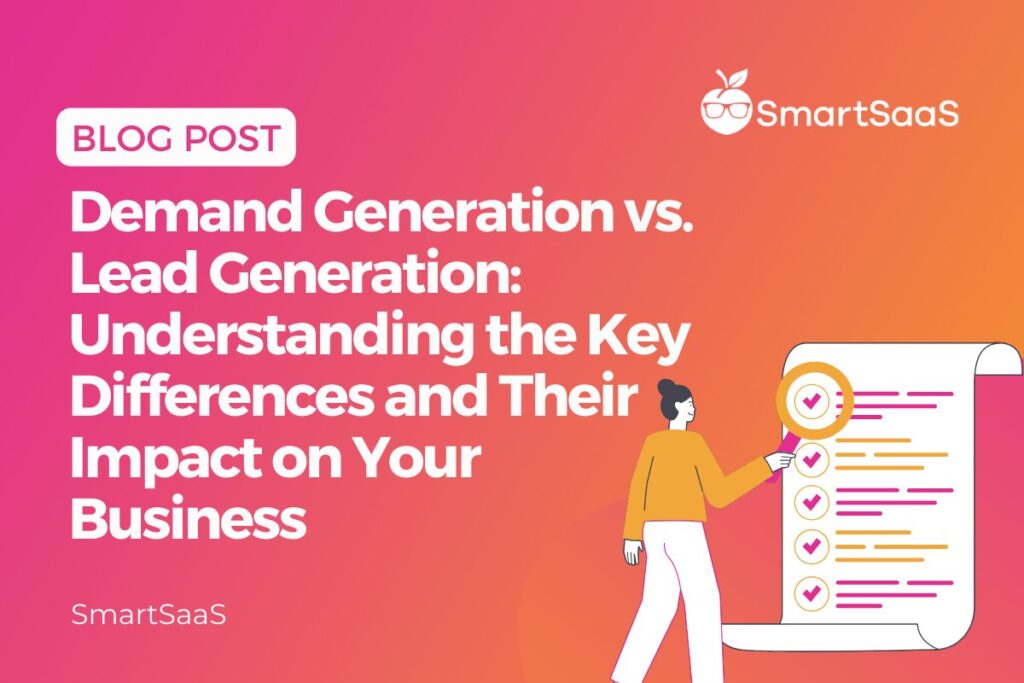
Demand generation and lead generation are essentially two halves of a whole, both crucial for the growth of your business. You really can’t focus on one without considering the other.
Demand generation is about sparking interest and excitement in your target audience. It involves drawing in new visitors through the creation of engaging and valuable content. Lead generation takes over by transforming these visitors into leads as they interact with your content.
In this blog post, we’re going to break down how these two marketing strategies complement each other. We’ll offer clear strategies to align them effectively, taking your marketing efforts to a new level. The aim here is to boost your company’s pipeline and revenue.
Demand vs. Lead Generation: What’s the Difference?
For B2B marketing to be successful, you need both demand and lead generation. But what are they, exactly?
What Is Demand Generation?
Demand generation is about driving awareness, interest, and consideration for your product across a broad audience.
When generating demand, you can attract and engage potential customers by educating them about your value proposition and how you can solve their problems. You want to get your brand and offers on your buyer’s radars early in their journey.
Common demand gen tactics include:
- Publishing educational, ungated content like blogs, guides, and videos to attract visitors
- Posting frequently on social media platforms where your audience is active
- Using SEO to increase website traffic
Demand generation uses mostly ungated assets that don’t require visitors to submit contact details right away. The focus is more on reaching and disseminating information rather than conversion.
What is Lead Generation?
While demand generation casts a wide net, lead generation targets potential customers to capture their contact information.
The goal is to convert those warm leads into a sales pipeline your team can follow up on.
Popular maketing lead gen tactics include:
- Creating landing pages with contact forms
- Offering promotional assets or free trials that require an email sign-up
- Running ads that route interested people to a lead capture destination
By asking for contact details in exchange for gated content, you generate more qualified leads from visitors demonstrating buying signals. Targeting the right segments will lower your cost per lead.
The Main Differences
While the goals overlap, Demand gen and Lead gen play different roles:
- Demand gen casts a wide net; Lead gen targets those closer to a purchase.
- Demand gen nurtures over longer timeframes, while Lead gen focuses on shorter sales cycles.
- Demand gen measures awareness; Lead gen measures pipeline created.
Despite their differences, these two marketing strategies work better together. Leads come from that pool of demand.
Strategies for Successful Demand and Lead Generation
Demand generation and lead generation work hand in hand. You need both as part of a strong marketing strategy.
Think of it this way – demand generation attracts an audience and interests them in your business. It brings new people in through content and outreach. Lead generation then converts those people into contacts you can follow up with. It captures those who want to learn more or buy soon. Together, they help you generate more leads and revenue over time.
Rather than seeing them as separate, align demand and lead gen to support your business growth. Here’s how:
1. Start with Demand Generation
Before you can generate leads, you need to generate demand.
Take advantage of demand generation tactics to generate interest and create awareness about your brand. Educate people on the value you offer, as well as how it will help solve their problems.
Some good ways to build demand:
- Write blog posts that rank for searches about common problems your product solves. Make them easy to skim and understand.
- Post fun videos and images on social media that show your product’s benefits. Engage with potential customers by commenting on relevant hashtags and groups.
- Run simple Facebook/Instagram ads driving to your website or product pages, not lead forms.
2. Offer Value and Relevance
When making content, emails, or ads, give your audience things they want and need. Share helpful info, tips, or solutions for their goals and problems. For example, if you sell accounting software, make a checklist of tax tips for small business owners. Or send emails with advice on how to save money in different areas of their business.
The point is to provide helpful content relevant to their interests. It keeps them engaged so they remember you when it’s time to buy.
3. Segment and Personalize
People who visit your website or see your ads aren’t all the same. You need to speak to different segments in ways that make sense for them.
First, create groups based on who people are, what they do on your site, and where they are in learning about your business.
For example, you may have:
- Blog readers who are just learning about services
- Website visitors comparing pricing
- Leads who downloaded a sample campaign
These groups have different needs. You can speak to them differently by sending emails or showing web page content tailored to them:
- Include links within blog posts to other helpful articles and resources to encourage new blog readers to keep learning. It builds trust and authority.
- Highlight package discounts on services pages for visitors to compare pricing. It encourages them to purchase.
- Send emails with advanced tips to those who downloaded a sample plan since they already know the basics.
Personalizing content for each audience segment makes your marketing resonate more. When you speak directly to their level of knowledge and interests, they pay more attention and engage further.
4. Optimize Conversion Paths
When someone lands on your website, you want to convert them into a lead by encouraging actions like downloading a guide or signing up for a demo.
Make that process simple and appealing so more people convert:
- Make forms short, sweet, and easy to complete on mobile. Fewer fields are better. Only ask for the essentials — name, email, company name. Don’t overcomplicate it.
- Explain the incredible benefits they’ll get by converting. For example: “Get our exclusive pricing guide!”
- Use simple, benefit-focused calls-to-action like “Start My Free Trial” instead of “Submit.”
- Make offers like free trials or exclusive content worth converting for. Give real value.
- Test different headlines, images, and offers to see what converts best.
If you remove friction and give compelling reasons to convert, you’ll generate more quality leads from your website traffic. Make it a no-brainer for them!
5. Nurture Your Leads
After someone becomes a lead by giving you their contact info, keep the relationship warm so they don’t forget you.
Use cold emails and other outreach to nurture leads by:
- Sending helpful tips and articles related to their interests. Teach don’t sell.
- Providing valuable tools like calculators, templates, or checklists that offer value.
- Automating a series of follow-up emails to guide them through the sales process.
- Answering their questions and objections to build trust.
- Directing them to case studies, demos, and customer stories.
The goal is to add value and stay on their radar until they’re ready to talk with sales. Nurtured leads convert at higher rates.
6. Measure and Improve
You need to measure how well your demand and lead generation activities are working. Watch metrics like website traffic, social media reach/engagement, content downloads, email open and click rates, etc.
You can use tools like Google Analytics, HubSpot, and Salesforce to track your performance. Then, with data in hand, you:
- See what content and campaigns convert the most, or result in the best engagement. What clicks with your audience?
- Use the data and feedback to focus your time and budget on what works best. Cut what doesn’t perform.
- Experiment and keep optimizing to improve results!
Measuring success helps refine your strategy so you get better at generating demand and leads that drive growth over time!
To Wrap It Up
Demand generation and lead generation are integral components of marketing, each with its distinct objectives and tactics.
Demand generation focuses on arousing interest in your products and services, while lead generation zeroes in on identifying and obtaining the contact details of potential customers. To drive more revenue and scale up your business, it’s essential to employ both strategies effectively.
By merging methods aimed at building awareness with those for collecting prospect information, you craft a formidable marketing strategy. The key to success? Simplicity. Ensure that your audience clearly understands what you offer and make it straightforward for them to connect with you.

